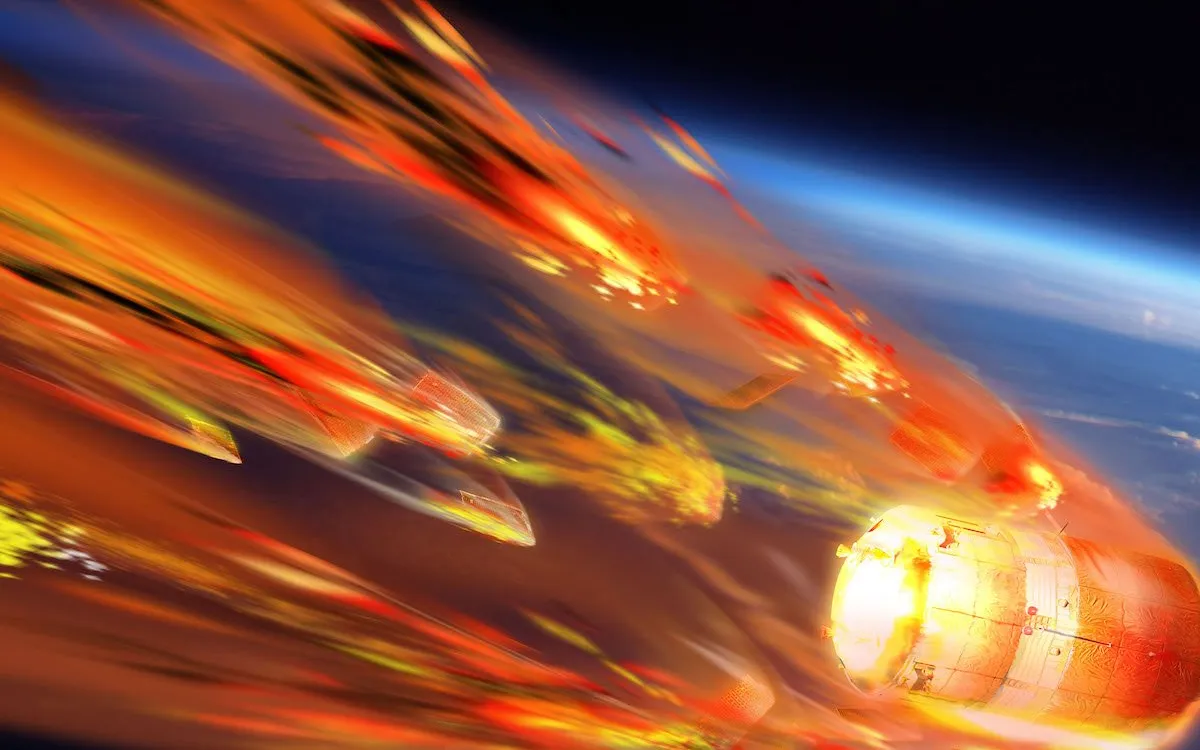
A 53-year-old Venus probe known as Kosmos 482, which failed to escape low Earth orbit, is poised for an uncontrolled reentry into Earth's atmosphere in the coming weeks. Originally built to withstand extreme heat, there is a possibility that parts of this spacecraft could survive the descent and crash on Earth.
According to Marco Langbroek, a satellite tracker based in Leiden, the Netherlands, the lander module from this old Soviet spacecraft is anticipated to reenter Earth's atmosphere during the second week of May. In a recent blog update, Langbroek noted, “As this is a lander that was designed to survive passage through the Venus atmosphere, it is possible that it will survive reentry through the Earth atmosphere intact, and impact intact.” He also cautioned that while the risks are not particularly high, they are not zero either.
Kosmos 482 was launched on March 31, 1972, from the Baikonur Cosmodrome spaceport in Kazakhstan. The mission aimed to reach Venus, but it ultimately failed to achieve the necessary velocity to enter a transfer trajectory toward the scorching-hot planet. A malfunction during the mission resulted in an engine burn that was insufficient to reach Venus' orbit, leaving the spacecraft trapped in an elliptical orbit around Earth, as reported by NASA.
The spacecraft disintegrated into four separate pieces, with two smaller fragments reentering over Ashburton, New Zealand, just two days after the launch. The remaining fragments, believed to be the payload and the detached upper-stage engine unit, found themselves in a higher orbit measuring approximately 130 by 6,089 miles (210 by 9,800 kilometers).
The failed mission included a carrier bus and a lander probe, which together formed a spherical pressure vessel weighing over 1,000 pounds (495 kilograms). Langbroek pointed out that given its mass, “risks are similar to that of a meteorite impact.” This statement underscores the need to monitor the situation closely as reentry approaches.
Currently, it remains challenging to pinpoint the exact timing of the spacecraft's reentry. Langbroek estimates that it will occur around May 10, but he emphasized that a more precise date will become clearer as the event draws nearer. One complicating factor is the active phase of the Sun, which is heating and expanding Earth's atmosphere, resulting in increased atmospheric drag on orbiting objects and potentially causing them to reenter sooner than expected.
Determining the exact landing location of the spacecraft's remains is also difficult, as this depends on the timing of its reentry and subsequent breakup. Generally, the probability of spacecraft debris landing in an inhabited area is low, with a much higher likelihood of it falling into a remote part of the ocean. Nevertheless, it is important to acknowledge that uncontrolled reentries, like that of Kosmos 482, do pose a small risk that should not be overlooked or ignored.